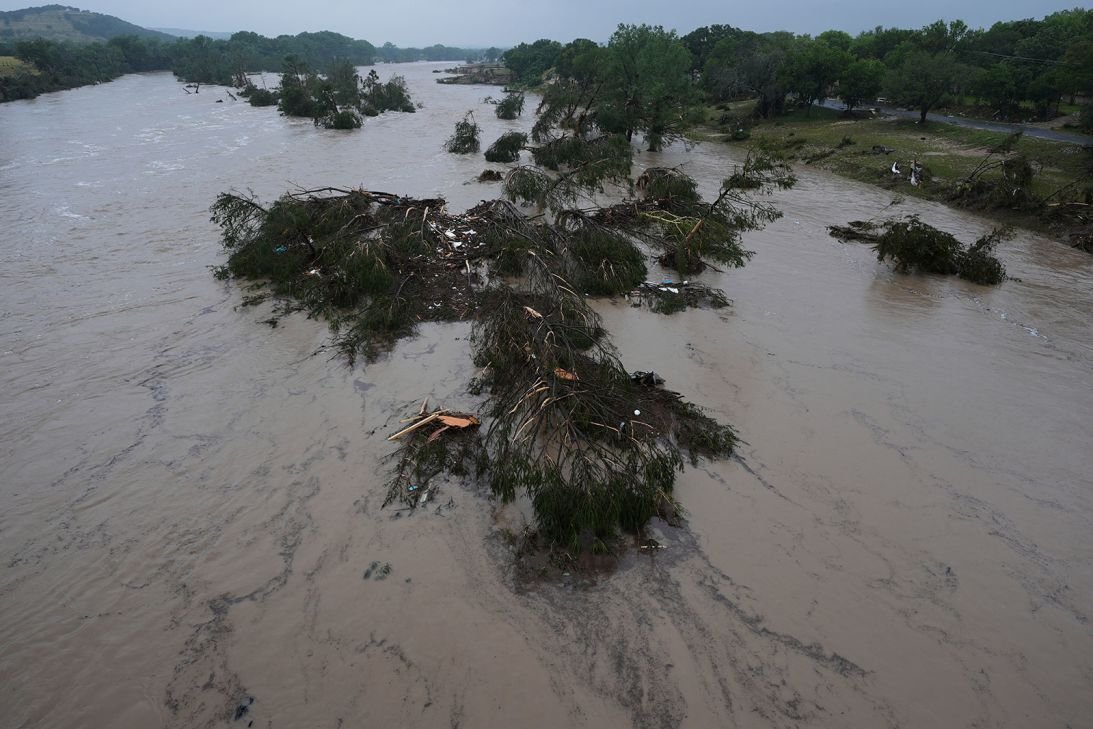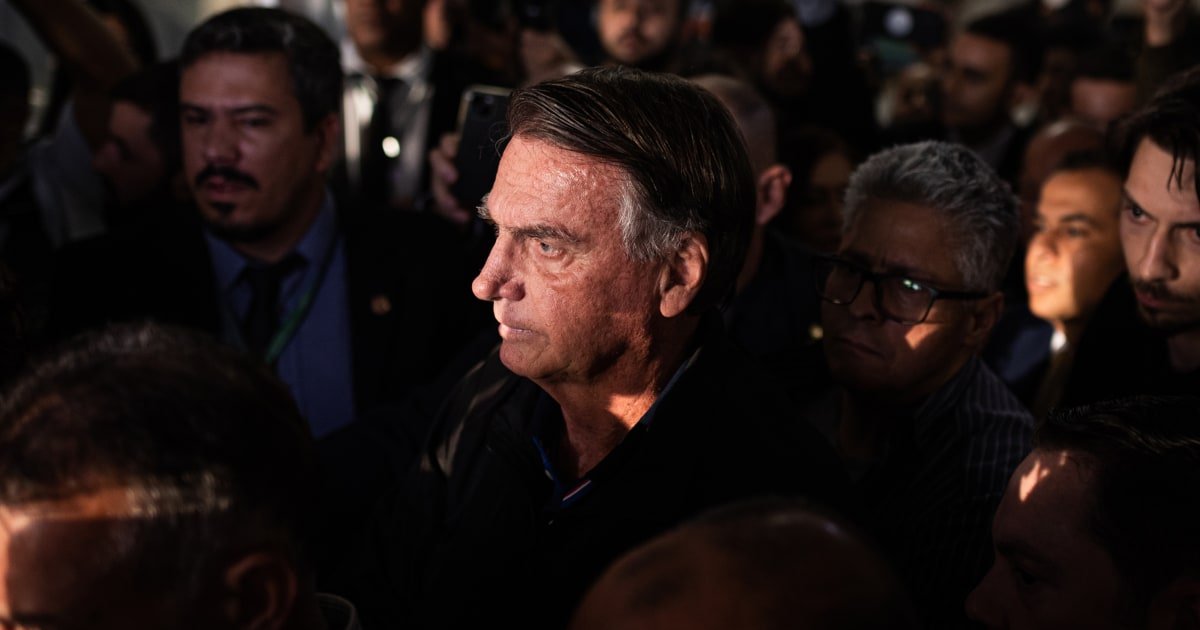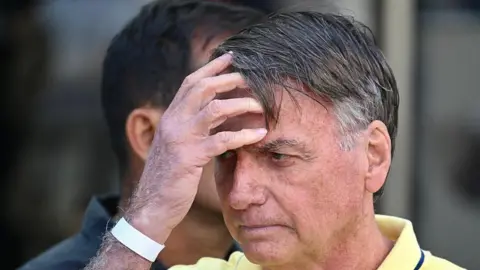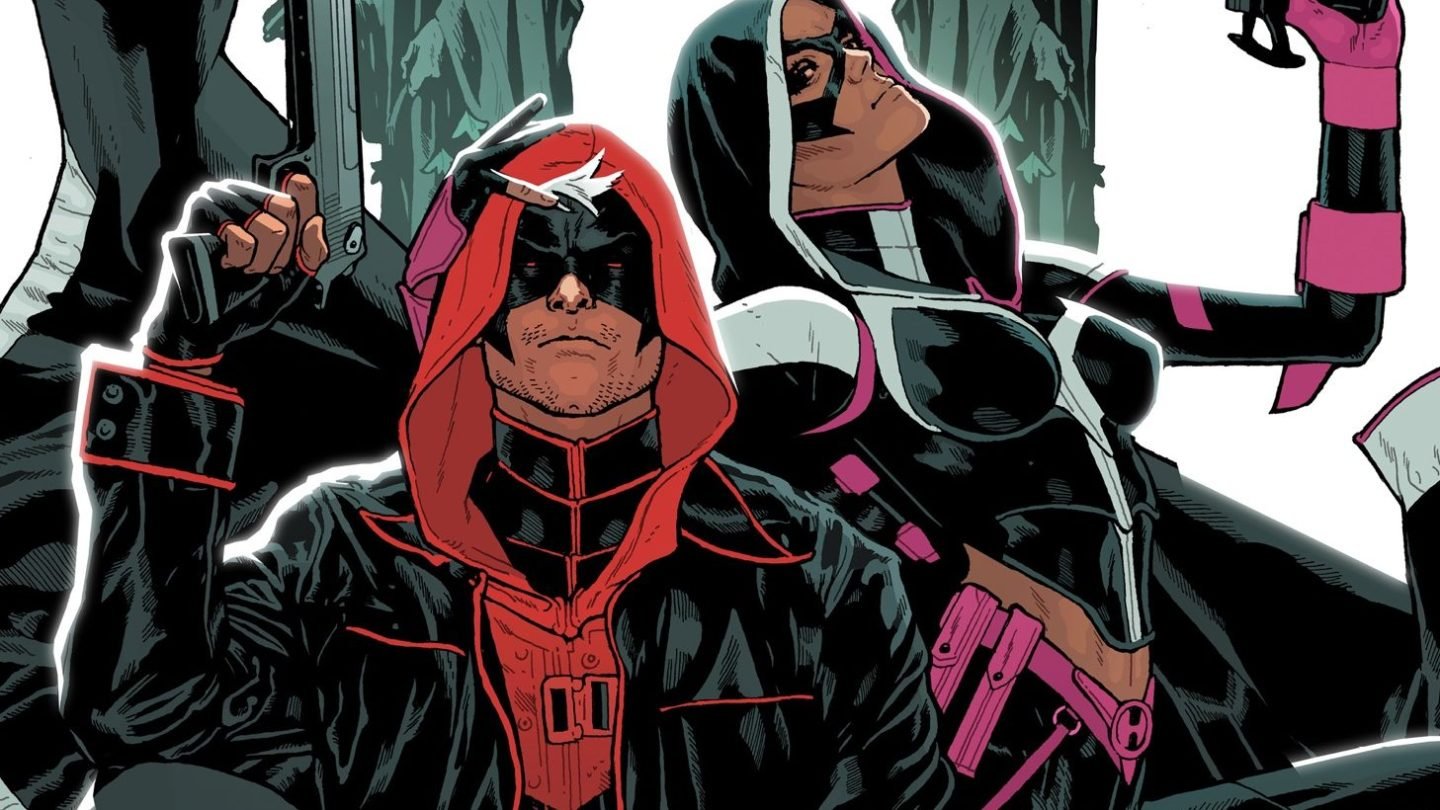The forces that descended upon the Guadalupe River in Texas’ Hill Country on Thursday night were a worst-case scenario.
Four months’ worth of rain fell in just hours as water-laden thunderstorms stalled in place, giving rise to a wall of water that surged down the river in the blackness of night, limiting the number of people who could get the warnings and move to higher ground.
The National Weather Service warned of “life-threatening flooding” along the river in a series of alerts in the early morning hours. But questions remain about how many people they reached, whether critical vacancies at the forecast offices could have affected warning dissemination, and if so-called warning fatigue had been growing among residents in a region described as one of the most dangerous in the country for flash flooding.
The National Weather Service has been hard hit by personnel cuts under the Trump administration, but that may not have significantly affected the forecasts and warnings for this historic and deadly flooding.
The two Texas NWS offices most closely involved in forecasting and warning about the flooding on the Guadalupe River — Austin-San Antonio and San Angelo — are missing some key staff members, but still issued a slew of watches and warnings about the flood danger.
The question is whether the warnings reached who they needed to reach.
In pictures: Deadly flooding in Texas
Tom Fahy, the legislative director for the NWS employees’ union, told CNN that while he believes the offices had “adequate staffing and resources,” the Austin-San Antonio office is missing a warning coordination meteorologist — a role that serves as a crucial, direct link between forecasters and emergency managers.
This vacancy in the Austin-San Antonio office, along with other key roles, were the result of early retirement incentives offered by the Trump administration to shrink the size of the federal government, a NOAA official told CNN.
The National Weather Service began forecasting the threat of flooding in Kerr County as early as Thursday morning with a hazardous flood outlook.
A flood watch was issued at 1:18 p.m. CT, that highlighted Kerrville, among other locations, as being at risk of flash flooding — though notably, as local officials have raised, the forecast was for less rainfall than what fell: as much as 5 to 7 inches for an event that ultimately dropped as much as 15 inches on parts of central Texas.
Several technical forecasts followed Thursday afternoon and evening with increasingly heightened language about the magnitude of the potential flooding. At 6:30 p.m., river forecasters were calling for locally intense rain rates that would “quickly overwhelm” the ground’s ability to absorb the water.
“Rapid runoff is expected, with locally considerable flash and urban flash flooding possible … the nocturnal timing will also enhance the hazard potential and impacts,” the forecasters predicted. They also noted the potential for a historic rainfall event, though it’s unclear if that messaging reached emergency managers.
The first warning for “life-threatening flash flooding” for Kerrville came at 1:14 a.m., and was marked specifically to trigger the Emergency Alert System. It would have sounded the alarm on cell phones in the warned area, assuming those phones had service, and their users hadn’t turned off EAS weather alerts.
Three hours later, the Kerr County Sheriff’s Office sent the first report of flooding at low-water crossings.
Several other critical alerts followed, warning of the imminent threat: A flash flood emergency warning was issued for Kerr County at 4:03 a.m., followed by one for Kerrville at 5:34 a.m.
The raging river burst from its banks around 5 a.m., sweeping homes, cars, campers and cabins downstream. It took about 90 minutes for the 20-foot flood wave to move down the Guadalupe River overnight Thursday, triggering the river’s second-highest crest on record.
Several NWS offices around the country are worse off than San Angelo or Austin-San Antionio, working with such thin staffing that they no longer operate 24 hours a day, seven days a week.
Many NWS forecast offices have ceased launching their twice-a-day weather balloons, which provide critical data that can alert forecasters to the potential for flooding and other hazardous weather.
The NOAA official defended the National Weather Service forecasts, and said the disaster ultimately resulted from too much rain in too short of time in one of the most vulnerable spots in the country for flash flooding, and in the overnight hours — the worst time of day to get warnings to people in harm’s way.
This particular population is inundated with weather watches and warnings all times of day and night; in Texas Hill Country, where flash flooding is triggered frequently by summertime thunderstorms, warning fatigue can settle in.
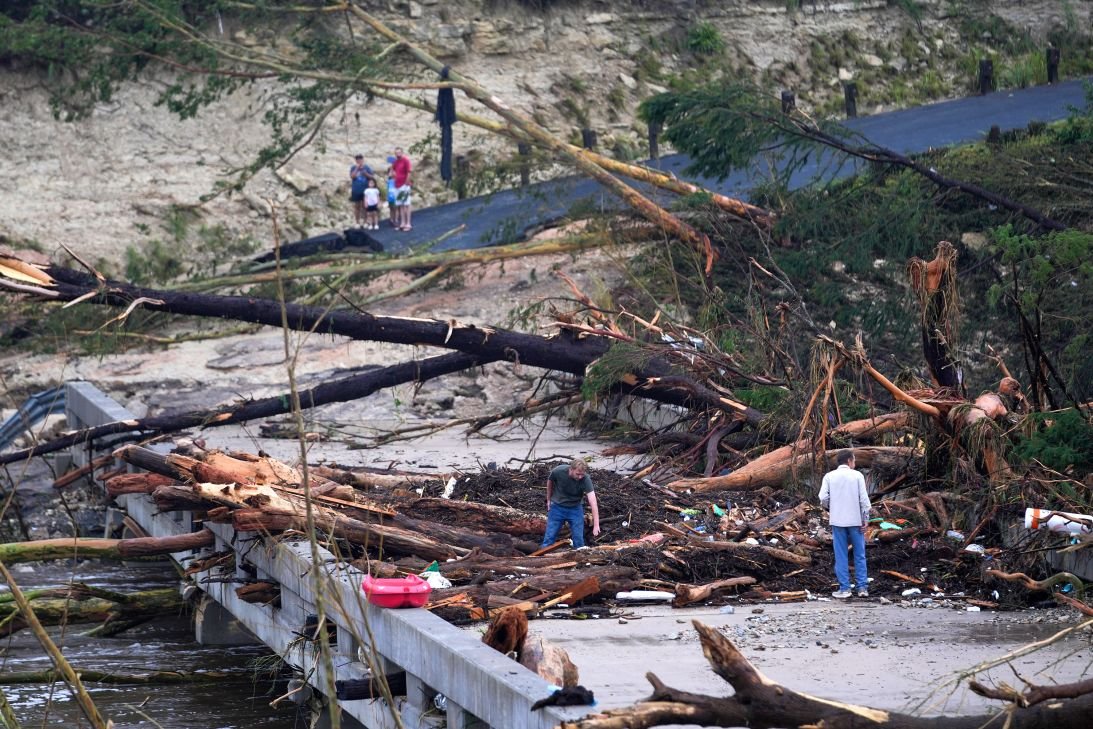
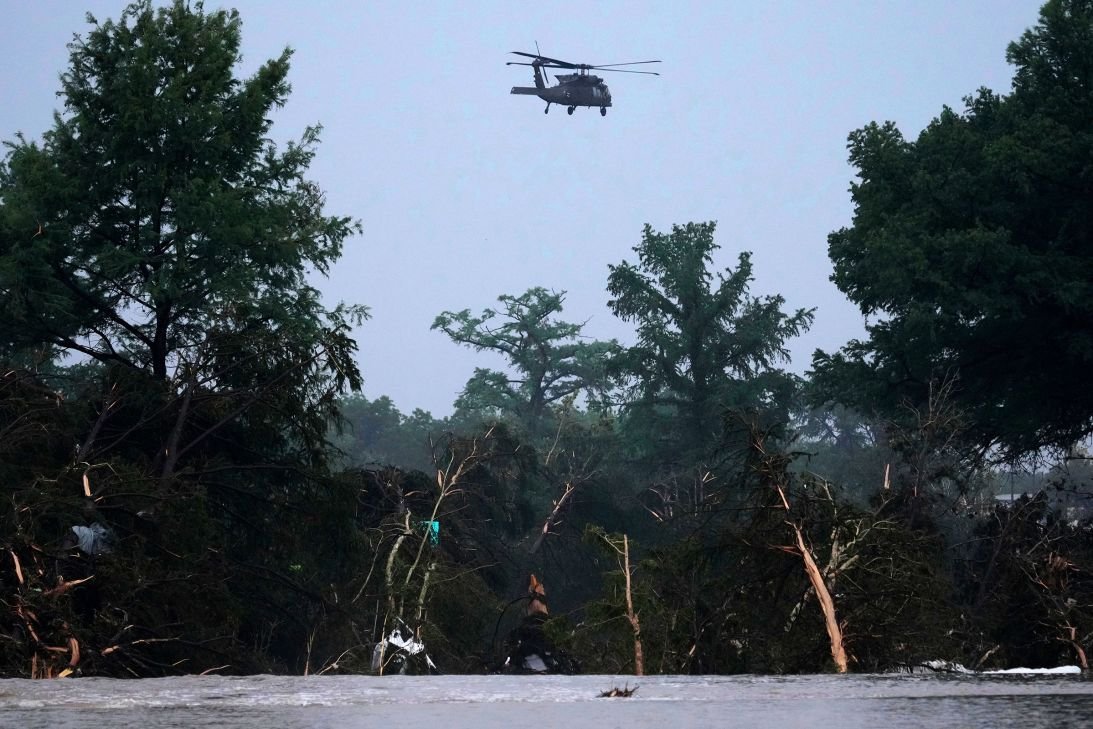
The Kerr County tragedy also shines a spotlight on the limitations of current forecasting technology: It is simply not yet possible to predict that a cluster of thunderstorms dumping months’ worth of rain would stall out over a specific spot. Research efforts to find answers to these forecasting questions could soon slip backwards, experts warn, if the Trump administration’s 2026 budget proposal is enacted — just as the country needs to push the limits on what weather models are capable of.
The budget seeks to eliminate all of NOAA’s weather and climate research labs along with institutes jointly run with universities around the country. The entire research division of NOAA would be eliminated under the proposal, which is subject to congressional approval.
This would shut down research and development of new forecasting technologies, including computer modeling and severe weather warning scenarios, and hamper prediction of hazards including flash floods.
One of the NOAA labs slated to be shut down is the National Severe Storms Lab in Norman, Oklahoma, which works to improve flash flood forecasting among other hazards from severe thunderstorms.
The NOAA research cuts would come just as human-caused climate change is resulting in more frequent and intense downpours like the ones that led to this tragedy in Texas.

NOAA spokesperson Kim Doster told CNN the Weather Service provided ample lead time prior to the onset of flash flooding on the Guadalupe River.
“The National Weather Service is heartbroken by the tragic loss of life in Kerr County. On July 3, the NWS office in Austin/San Antonio, TX conducted forecast briefings for emergency management in the morning and issued a Flood Watch in the early afternoon,” Doster said in a statement.
“Flash Flood Warnings were also issued on the night of July 3 and in the early morning of July 4, giving preliminary lead times of more than three hours before flash flooding conditions occurred.”
While the July 4 flooding was worst-case, the scenario is becoming more frequent as the world warms: More rainfall coming faster than it ever has before, with forecast models inherently biased toward what we used to consider “normal.”
For dozens of families, “normal” was shattered Thursday morning when they woke to torrential rain and catastrophic floodwaters that have since left at least 50 dead, including 15 children, according to local officials.
As an intensive search continues for more than 20 girls in Kerr County, Texas, who remain unaccounted for after the historic flood swept dozens from a summer camp, local officials are adamant they could not have done anything more to prevent the tragedy.
Gov. Greg Abbott praised federal and local officials in a long Saturday news conference and defended the response, calling it rapid in the face of a once-in-a-century flood.

“Rest assured, no one knew this kind of flood was coming. We have floods all the time,” Kerr County Judge Rob Kelly said at a Friday news conference. “We had no reason to believe that this was going to be anything like what’s happened here. None whatsoever.”
Kerr County’s judge said the county does not have a warning system for flooding, while Kerrville City manager said they “could not anticipate” the severity of the flooding despite the warnings because the event happened so quickly.
“There’s going to be a lot of finger-pointing and a lot of second guessing and Monday morning quarterbacking,” said Texas Congressman Chip Roy. “There’s a lot of people saying why and how and I understand that. I understand why parents would be asking those questions, and all of the media.”
Homeland Security Secretary Kristi Noem defended the government response and the National Weather Service in a Saturday news conference.
“Everybody knows that the weather is extremely difficult to predict, but also that the National Weather Service, over the years, at times, has done well, and at times, we have all wanted more time and more warning and more alerts and more notification,” Noem said.
The DHS Secretary said President Donald Trump wants to fix and upgrade the technology that the National Weather Service uses.
“The National Weather Service has indicated that with that and NOAA, that we needed to renew this ancient system that has been left in place with the federal government for many, many years, and that is the reforms that are ongoing,” Noem said.
A NOAA official said they did not know specifically what Noem was referring to, but that upgrades to agency computer networks, radars and modeling systems are underway.
Some of those upgrades have been taking place since before Trump took office for his second term.

